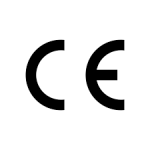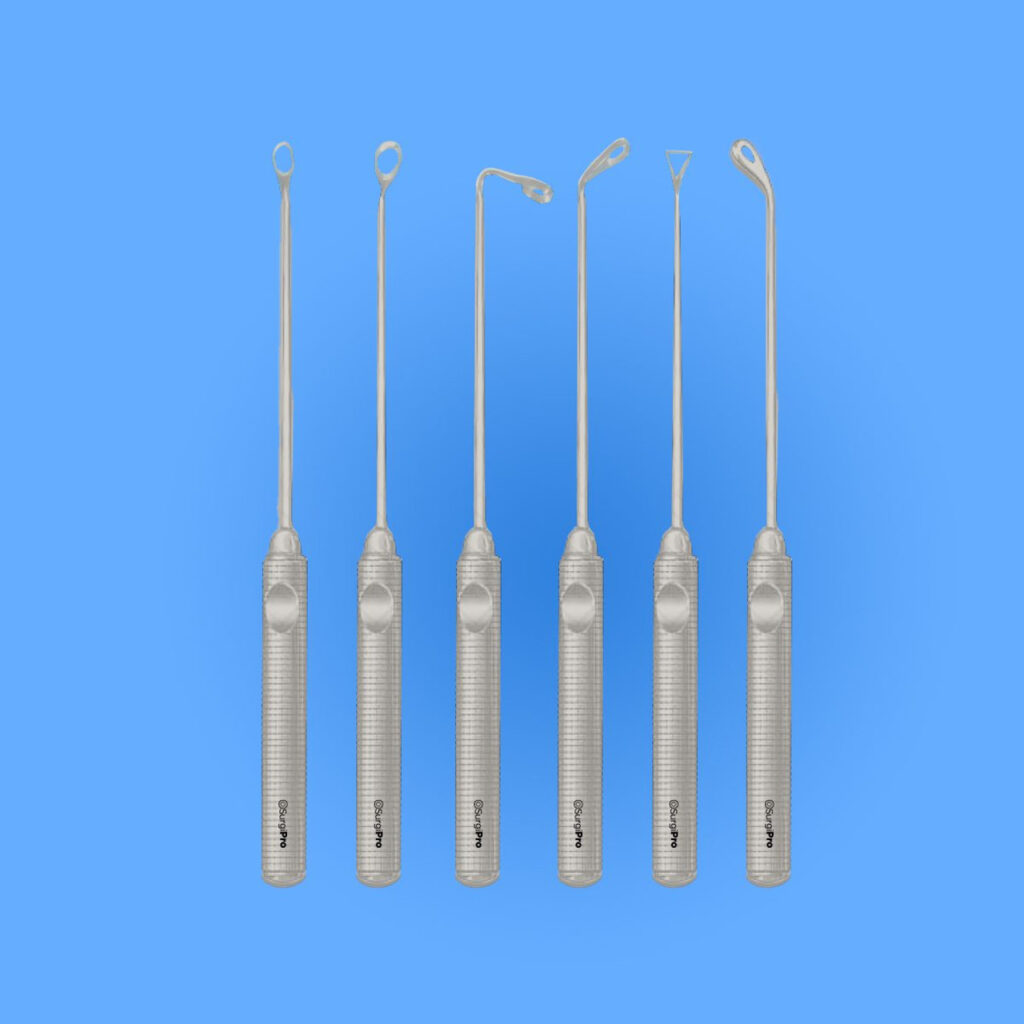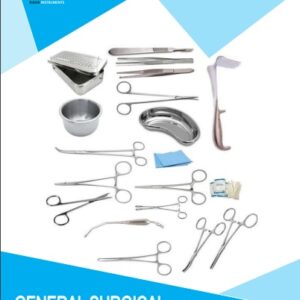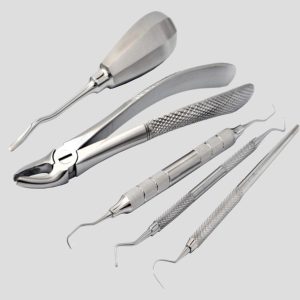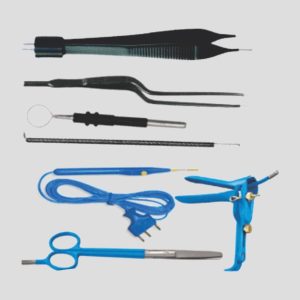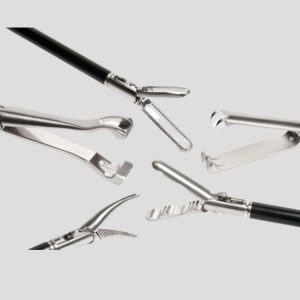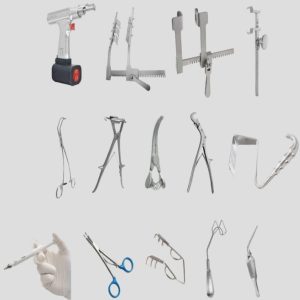Surgical curettes are versatile instruments employed by medical professionals in various specialties to scrape, remove, or collect tissue and debris from body cavities or surfaces. These instruments come in various shapes and sizes, each designed for specific applications and surgical procedures. In this comprehensive blog post, we will explore different types of surgical curettes, their unique features, and the specific surgical disciplines in which they are commonly utilized.
1- Sharp Curettes
- Description: Sharp curettes have a pointed, sharp-edged tip, resembling a spoon, and are often used for precise tissue removal.
- Use: They are commonly employed in dermatology for skin lesion biopsies and wound debridement. In oral surgery, they are used for tooth socket cleaning and gum tissue procedures.
2- Blunt Curettes
- Description: Blunt curettes have a rounded, blunt tip and are used for gentle scraping or removal of soft tissue.
- Use: These curettes are frequently used in gynecology for procedures like cervical biopsy and endometrial sampling, as well as in ear, nose, and throat (ENT) surgeries for tissue collection.
3- Dental Curettes
- Description: Dental curettes are specialized instruments designed for oral procedures, featuring various blade shapes and sizes.
- Use: Dentists use them for scaling and root planing in periodontal treatments, as well as for removing debris and infected tissue from tooth sockets.
4- Uterine Curettes
- Description: Uterine curettes have a longer, slender design with a curved or looped tip for accessing the uterine cavity.
- Use: These instruments are primarily used in gynecology for diagnostic and therapeutic procedures such as dilation and curettage (D&C), endometrial biopsy, and removal of uterine polyps.
5- Ear Curettes (Spoon Curettes)
- Description: Ear curettes, also known as spoon curettes, have a small spoon-shaped tip used for earwax removal and debris clearance in the ear canal.
- Use: Otolaryngologists and audiologists commonly use these curettes for ear examinations and cleaning.
6- Nasal Curettes
- Description: Nasal curettes have a slender, hook-like shape designed to access and scrape tissue within the nasal passages.
- Use: Otolaryngologists utilize nasal curettes for procedures such as septoplasty and turbinate reduction to improve nasal airflow.
7- Obstetrical Curettes
- Description: Obstetrical curettes are designed for obstetric procedures, featuring a rounded or looped tip for safe use during childbirth.
- Use: Obstetricians use these instruments for evacuating the uterus after a miscarriage, abortion, or delivery.
8- Bone Curettes
- Description: Bone curettes have a scoop-like tip used for scraping and removing bone tissue during orthopedic procedures.
- Use: Orthopedic surgeons use these instruments in bone grafting, tumor resection, and bone lesion excision.
9- Periodontal Curettes
- Description: Periodontal curettes are specialized dental instruments with a fine, curved tip for cleaning and scaling teeth and roots.
- Use: They are essential in periodontal treatments to remove plaque, tartar, and infected tissue from below the gumline.
10- Curettes with Suction
- Description: Some curettes are equipped with a suction channel to remove debris and fluids during the scraping process.
- Use: These instruments are often used in surgical procedures where maintaining a clear field of view is critical, such as endometrial resection.
11- Curettes with Graduated Measurements
- Description: Some curettes feature graduated measurements on their shafts to provide precise depth control during tissue removal.
- Use: These are commonly employed in gynecology for measuring the depth of the uterine cavity or during endometrial sampling.
12- Micro Curettes
- Description: Micro curettes are miniature versions of standard curettes, designed for delicate and precise procedures.
- Use: Surgeons in various specialties, including ophthalmology and neurosurgery, use micro curettes for fine tissue manipulation and removal.
Why Surgical Curettes
Surgical curettes play a crucial role in various medical disciplines, allowing for the precise removal of tissue and debris. The choice of the right curette depends on the specific procedure, anatomical site, and the desired level of precision. These instruments are indispensable tools for surgeons, dentists, and other healthcare professionals, enabling them to perform a wide range of diagnostic and therapeutic interventions with accuracy and safety.
About Rigor Instruments
High-quality surgical instruments are essential to the success of any procedure, no matter how straightforward or difficult it may be for the patient, and this is where Rigor Instruments can help you.
Rigor is a second-generation surgical instruments manufacturer and surgical instruments supplier from Sialkot Pakistan providing best quality in all kinds of Surgical Instruments since 1985. Our surgical instruments include electro surgical instruments, neuro surgical instruments, plastic surgery instruments, dental surgical instruments, retractors, forceps surgical instruments, general surgical instruments, ophthalmic surgical instruments, ENT surgical instruments and many more.
Our exquisite quality and competitive pricing has given us great competitive advantage in the global surgical instruments market. Our ambition is to become a leader in international market in all Surgical Instruments.

